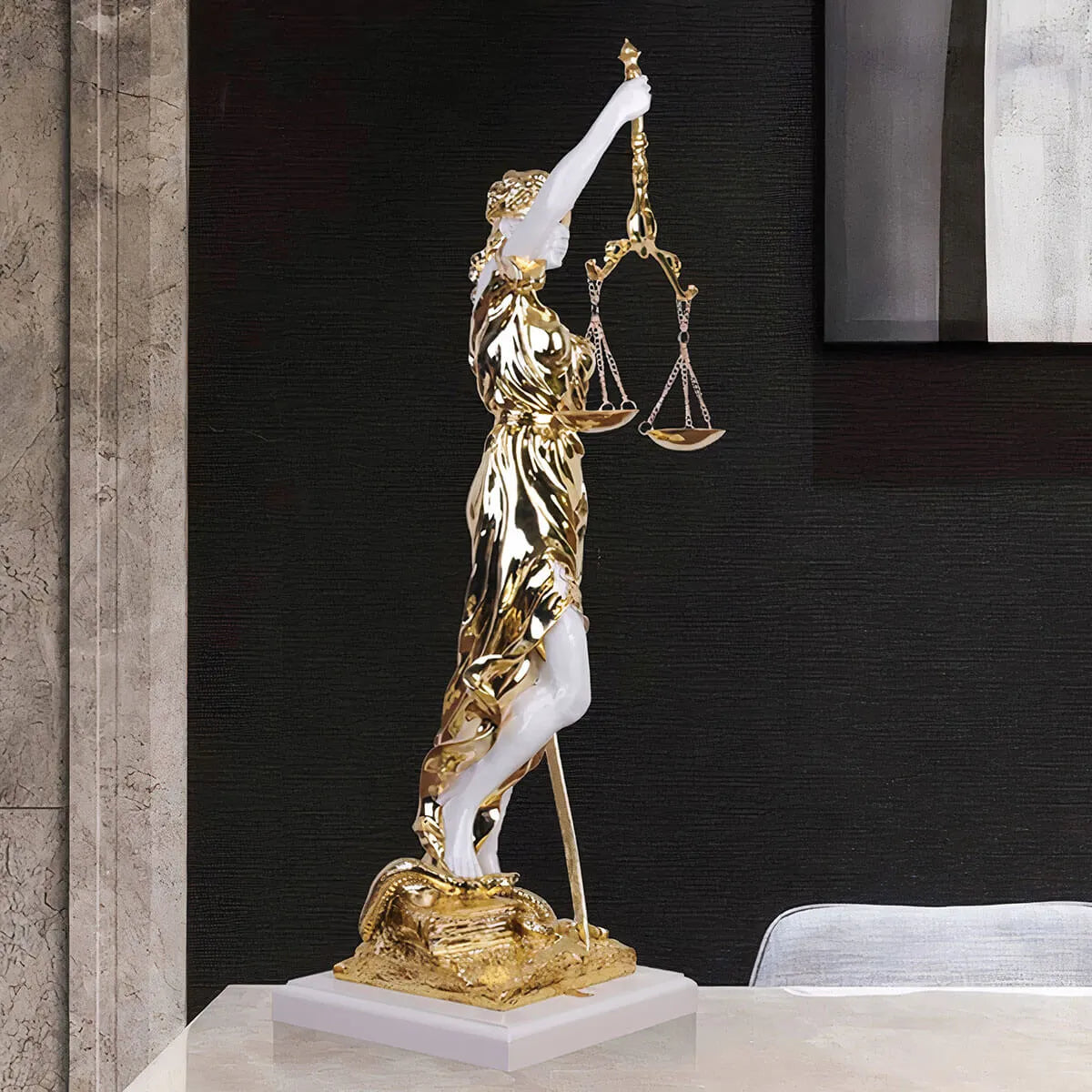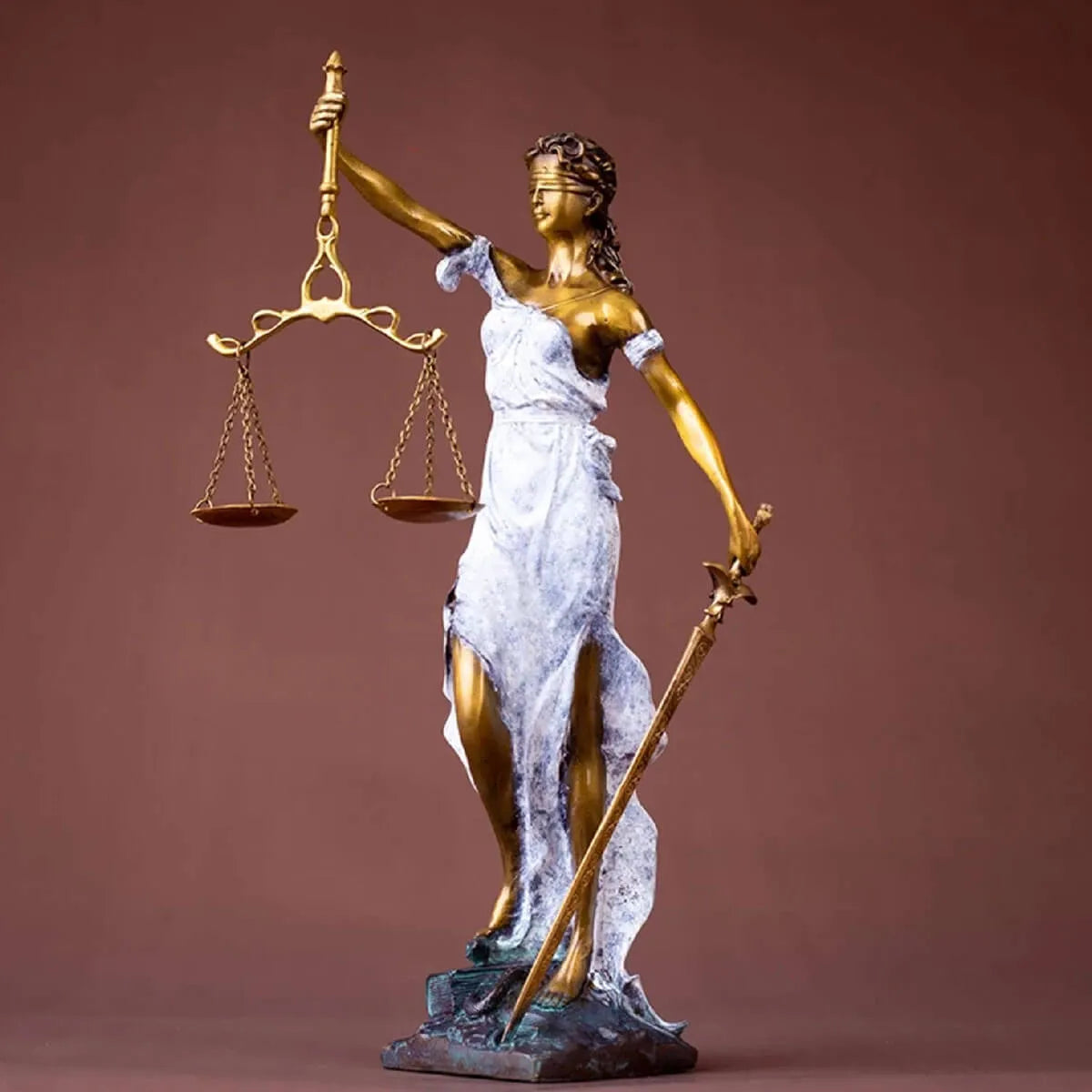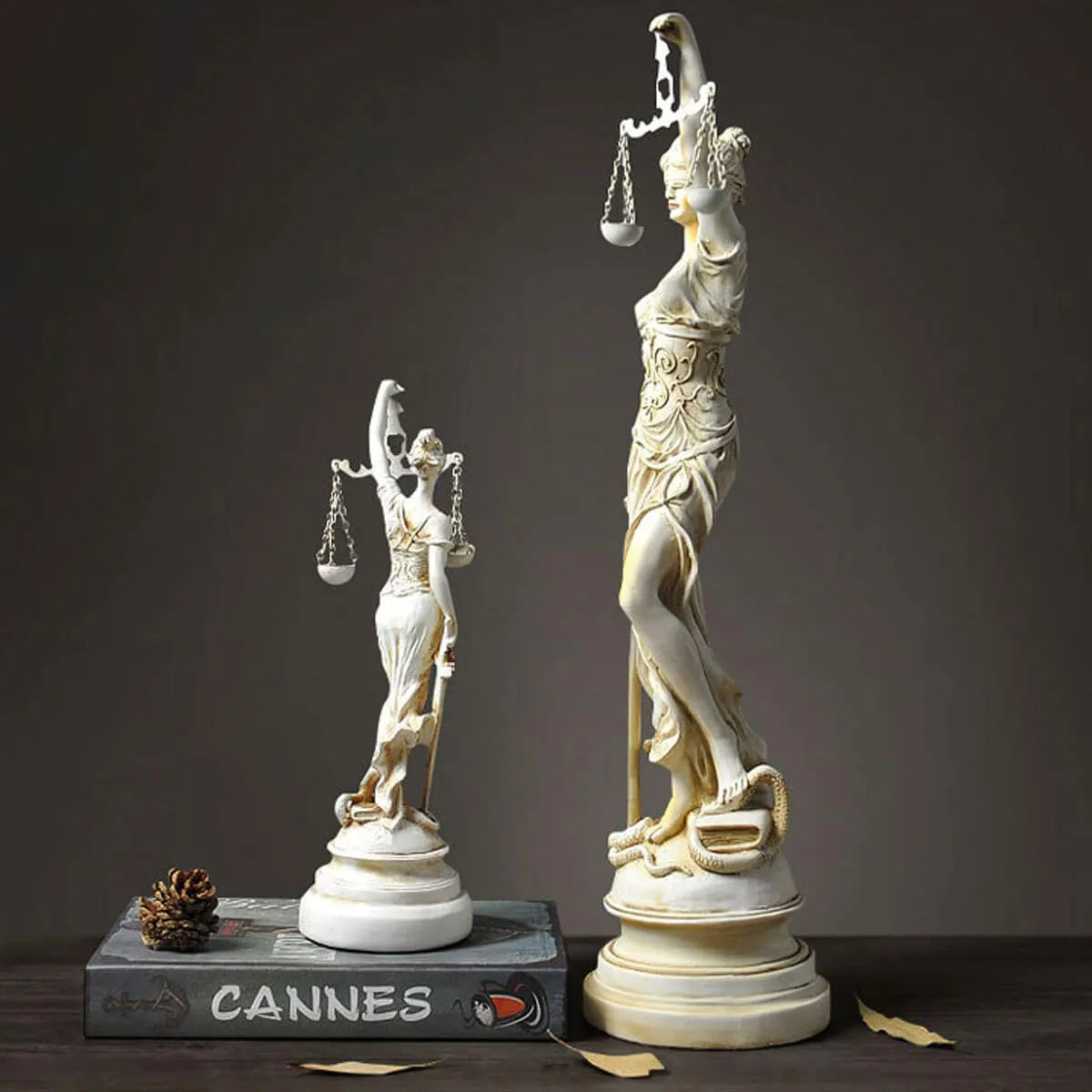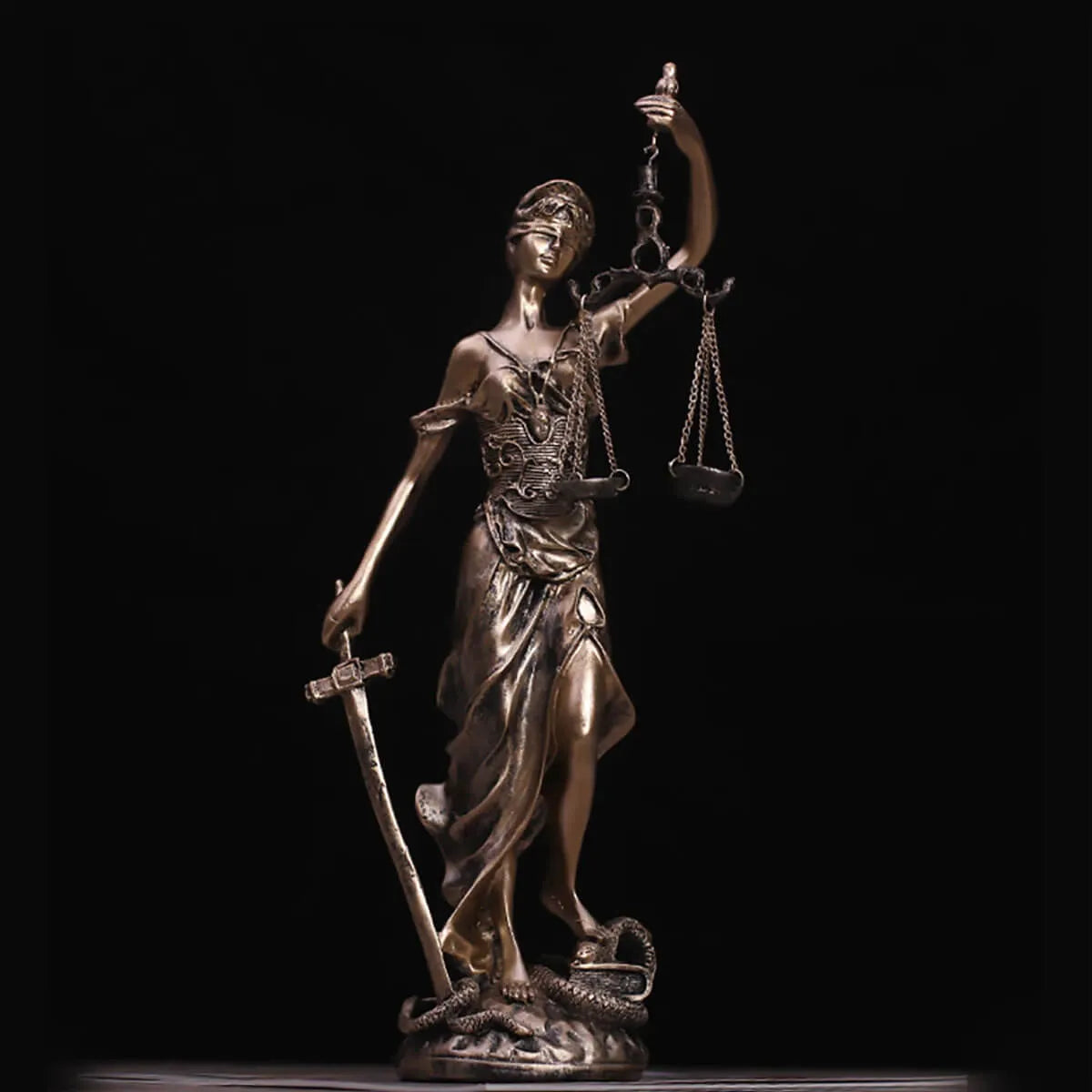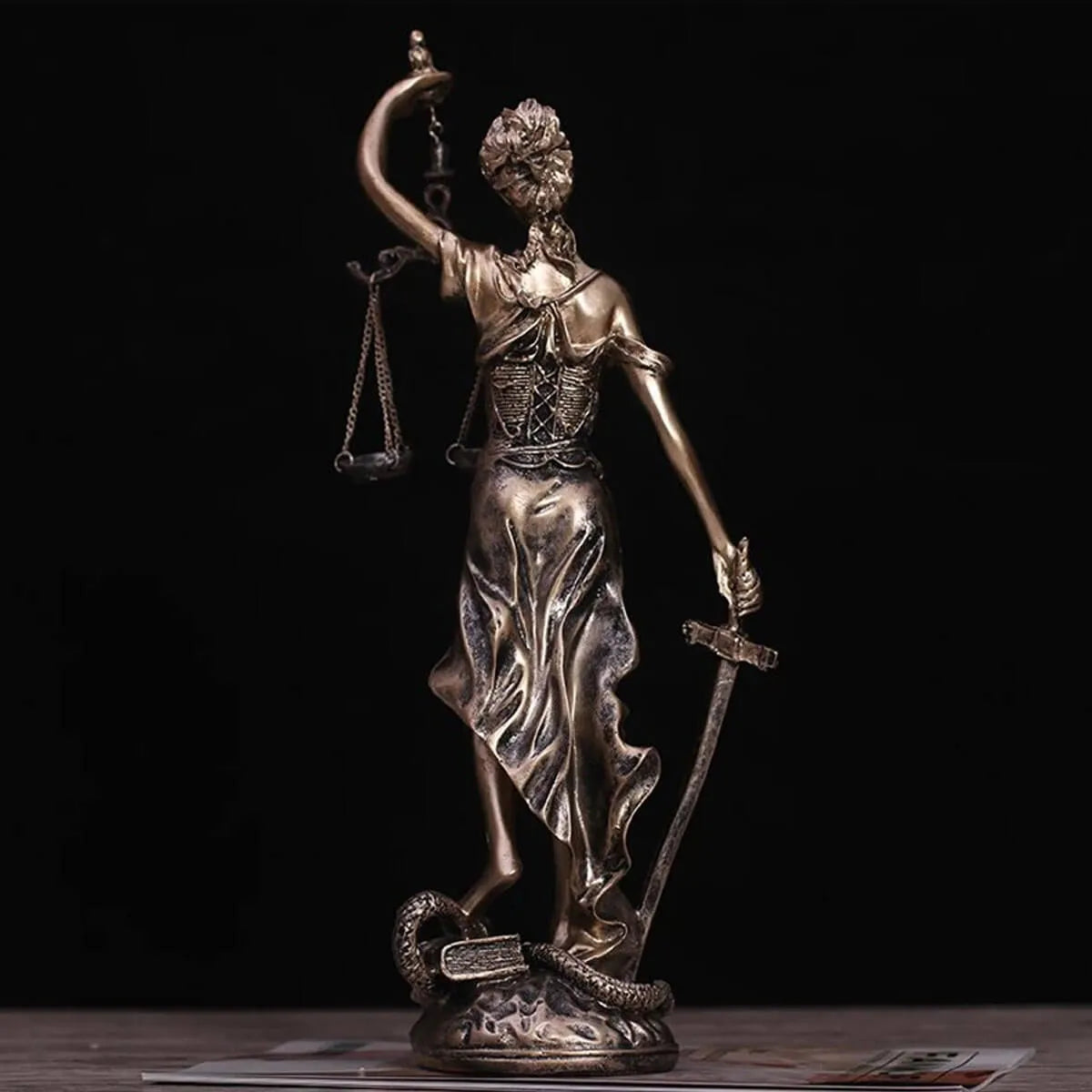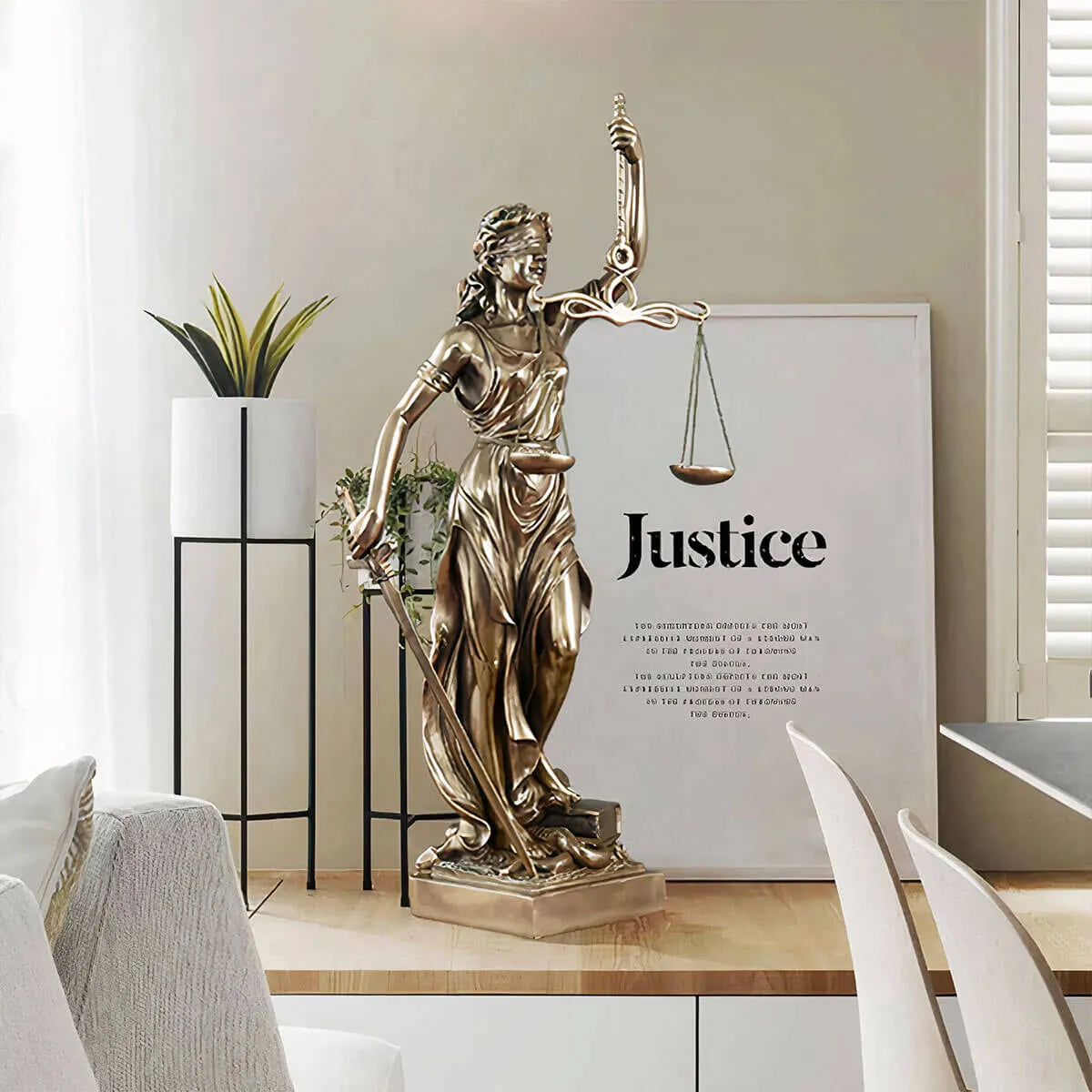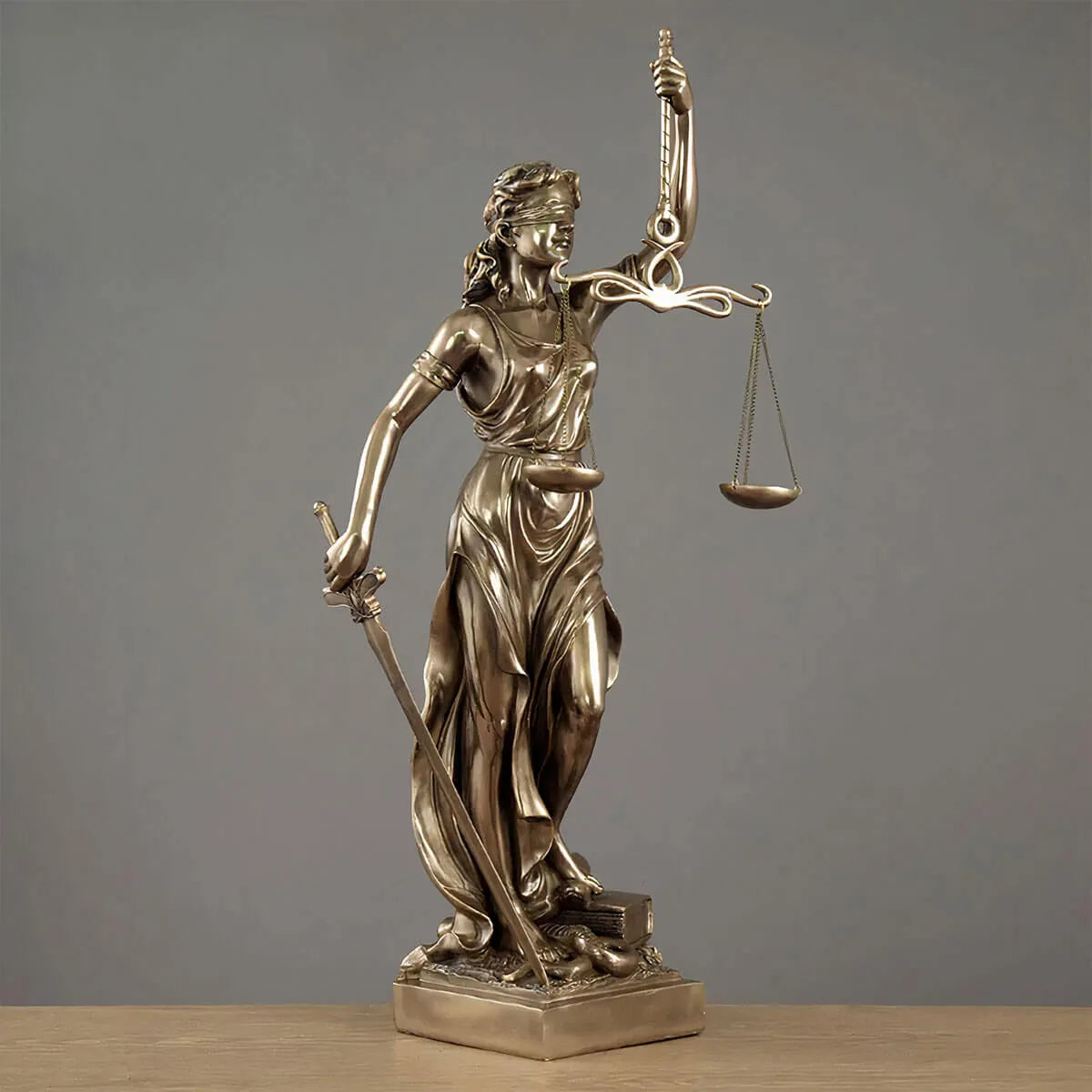In the realm of art and jurisprudence, there exists a captivating fusion that celebrates the embodiment of justice, symbolized by none other than the Goddess of Justice herself. This article delves into the intriguing world of law sculptures, where the allegorical representation of justice takes form in various masterpieces. From the scales of balance to the blindfolded lady, these sculptures have become more than just artistic creations; they are symbolic icons that resonate deeply within the legal world.
The Birth of a Symbol
Lady Justice - An Iconic Representation
At the heart of law sculptures stands Lady Justice, an emblematic figure often depicted as a woman holding a sword and scales while wearing a blindfold. This representation embodies the principles of fairness, impartiality, and the idea that justice is blind to bias.
Ancient Origins
The concept of Lady Justice finds its roots in ancient Roman and Greek mythology, where the goddesses Themis and Justitia served as early inspirations. Themis, known for her divine law and order, influenced the concept of justice in the Western world. Justitia, or Lady Justice, evolved from these foundations and became a prominent symbol in the legal field.
The Scales of Justice
One of the most recognizable elements of law sculptures is the scales held by Lady Justice. These scales symbolize the careful weighing of evidence and arguments in the pursuit of a fair and just decision.
The Artistry Behind Justice
Sculpting the Message
Creating law sculptures requires a unique blend of artistic talent and a deep understanding of legal symbolism. Artists use various mediums, such as marble, bronze, or stone, to craft these sculptures, ensuring that every detail conveys the essence of justice.
Global Variations
Around the world, different cultures have added their own nuances to the depiction of justice. Some sculptures emphasize different aspects of justice, like mercy or retribution, depending on the cultural and historical context.
The Influence on Legal Institutions
Courthouses and Beyond
Law sculptures often adorn courthouses, serving as a constant reminder of the principles that underpin the justice system. They inspire judges, lawyers, and all who enter these hallowed halls to uphold the law with integrity.
Legal Education
Institutions of legal education also draw inspiration from law sculptures. They use these symbols to instill the values of justice and fairness in future lawyers and legal scholars.
The Goddess of Justice, as embodied by law sculptures, stands as an enduring testament to the timeless principles that guide our legal systems. These sculptures not only adorn courthouses and legal institutions but also serve as a reminder to society that justice must always be pursued with fairness and impartiality.
History of the Goddess of Justice - Law Sculptures
| Period |
Significance |
Notable Sculptures |
| Ancient Greece |
The concept of justice and law was personified in Greek mythology by deities like Themis and Athena. |
Themis, Athena Parthenos |
| Roman Empire |
Roman law incorporated the concept of justice and featured sculptures of Justitia, often blindfolded and holding scales. |
Justitia (Lady Justice) |
| Medieval Europe |
Justice sculptures were often part of church architecture and symbolized divine justice. |
Various sculptures in European cathedrals |
| Modern Era |
Justice sculptures became a symbol of legal systems in many countries, often located in courthouses and government buildings. |
Various sculptures worldwide, including the "Scales of Justice" in the United States Supreme Court. |
FAQs
Q1: What is the significance of Lady Justice's blindfold?
The blindfold represents impartiality. It symbolizes that justice should be administered without bias, prejudice, or favoritism.
Q2: Are there famous law sculptures around the world?
Yes, many famous law sculptures exist globally, including the iconic "Statue of Justice" in Frankfurt, Germany, and the "Torch of Friendship" in Mexico City, Mexico.
Q3: How do artists choose the materials for law sculptures?
Artists choose materials based on their durability and the message they wish to convey. For example, bronze is often used for its lasting quality, while marble adds a sense of elegance.
Q4: Is Lady Justice the same in every culture?
No, Lady Justice can have variations in different cultures. Some emphasize different attributes or symbols to represent justice, depending on the cultural context.
Q5: Are there any modern interpretations of law sculptures?
Yes, contemporary artists continue to create law sculptures with innovative designs and materials, blending tradition with modernity to convey the evolving nature of justice.








